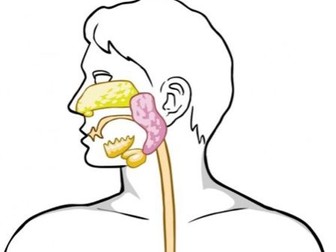
Research and Ethical principles
This presentation introduces the student to the importance of ethics and research. Topics discussed include:
* Questioning research
* Research governance
* Principles - autonomy, protection, beneficence, non-maleficence
* Consistency and reliability
* Ethics and reliability
* Misused data
Also included in this resource is a 'Gaining ethical approval' document that can be referred to and used throughout the presentation. It contains some useful information for students to learn about how to gain approval for research. With so much information available online, this short document is useful to get the key points across for students at undergraduate level.
